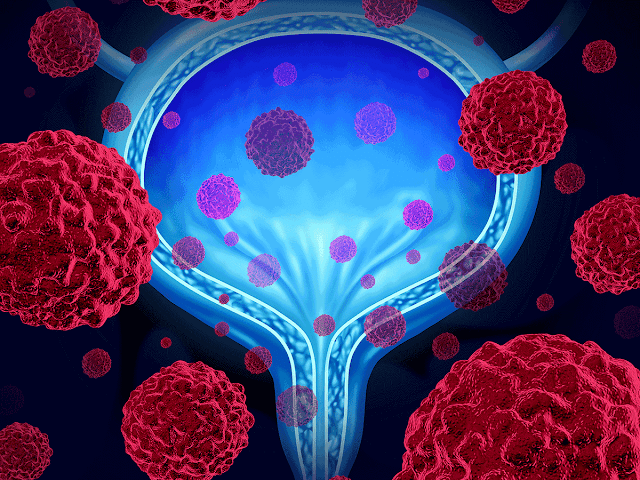PD-1 and PDL-1 Inhibitors are among those Activation Points Present on the Immune Cells
The idea of inhibiting PD-1 and
PD-L1 in order to treat cancer was first introduced in a 2001
publication. Pharmaceutical firms started working on creating medicines to
block these molecules, and the first clinical trial testing nivolumab was
started in 2006. As of 2017, more than 20,000 patients had participated in more
than 500 clinical trials using PD-1 and PD-L1 inhibitors. PD-1/PD-L1 inhibitors
were authorised for the treatment of nine types of cancer by the end of
2017.
According to Coherent Market Insights the PD-1
and PDL-1 Inhibitors Market Global Industry Insights, Trends, Outlook,
and Opportunity Analysis, 2022-2028.
The interaction between PD-L1 on
the tumour cells and PD-1 on a T cell reduces T-cell function signals in the
cancer disease state to stop the immune system from attacking the tumour cells.
The use of an inhibitor that prevents PD-L1 from interacting with the PD-1
receptor can stop the cancer from using this technique to evade the immune
system. For use in advanced melanoma, non-small cell lung cancer, renal cell
carcinoma, bladder cancer, and Hodgkin lymphoma, among other cancer types, a
number of PD-1 and PD-L1 inhibitors are undergoing clinical trials.
These immune checkpoint inhibitor
immunotherapies appear to have longer-lasting effects than other
immunotherapies and appear to shrink tumours in a greater proportion of
patients with a wider variety of tumour types. De-novo and acquired resistance
is still present in many patients, though. As a result, PD-L1 inhibitors are
viewed as the most promising drug class for a variety of cancers.




Comments
Post a Comment